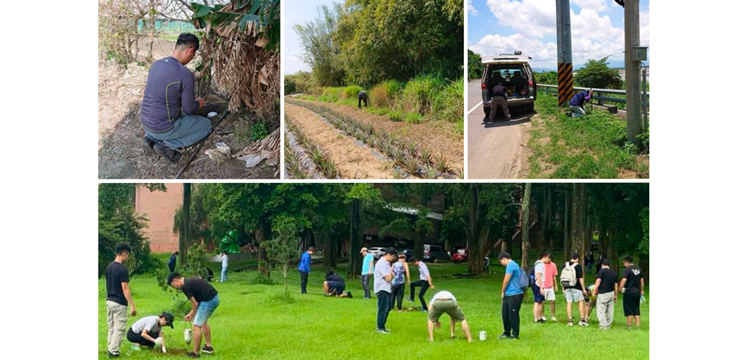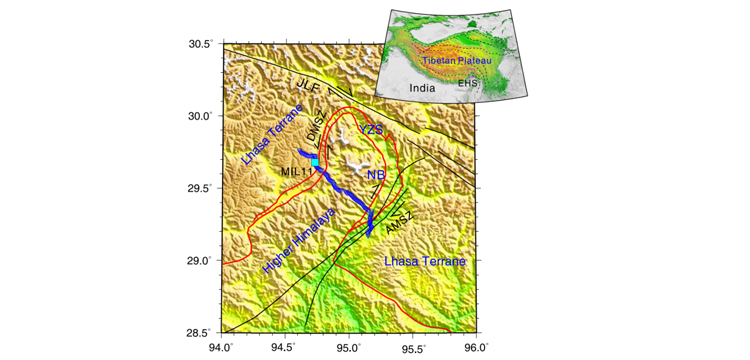Project Background: The shallow crust is a region closely related to human habitation and development. Researching S-wave velocity structures to depths of several hundred meters is essential for activities such as site classification, strong ground motion simulation, seismic hazard assessment, and earthquake-resistant defense work. It also holds significant importance in fields like mineral resources, energy, underground space safety, and more.
Equipment Used: 133 SmartSolo seismic node instruments
Project Overview: To explore the effectiveness of its application in urban fault surveys at an exploration scale, researchers conducted investigations at two primary fault locations on the eastern boundary of the Tanlu Fault Zone in Mingguang City, Anhui Province. The project involved the deployment of a dense passive seismic array consisting of 133 short-period seismic instruments. Using the "epicentral distance shifting method," wide-band dispersion curves were inverted to obtain high-resolution S-wave velocity structures in the upper 1.3 km of the subsurface. Comparison with previous data validated the reliability of the inversion results. This method can provide reliable results for subsurface structure inversion and serves as a new and effective means for urban fault surveys.
Significance:
◎ The utilization of dense arrays and background noise imaging techniques enables the generation of high-resolution subsurface images, providing a detailed understanding of fault structures in urban settings.
◎ By leveraging ambient noise, this approach minimizes the need for active seismic sources, reducing the environmental impact of surveys in urban areas.
◎ The detailed subsurface images contribute to a more accurate assessment of seismic hazards in urban environments, aiding in urban planning and risk mitigation.
The exploration of background noise imaging in conjunction with dense linear seismic arrays represents a significant advancement in urban fault surveys. This methodology holds promise for enhancing our understanding of subsurface structures, contributing to more effective seismic hazard assessments in urban landscapes.
Whether applied in earthquake monitoring, environmental studies, or site characterization, SmartSolo seismometers stand out as valuable tools in advancing our understanding of subsurface dynamics and seismic events.





